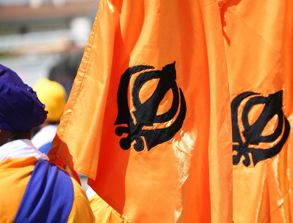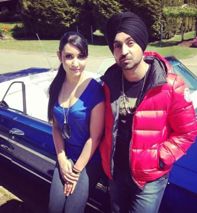Courting Hindustan: The Consuming Passions of Iconic Women Performers of India by Madhur Gupta. Rupa. Pages 192. Rs 295
Book Title: Courting Hindustan: The Consuming Passions of Iconic Women Performers of India
Author: Madhur Gupta
Geetika Kalha
This book is about gutsy, pioneering women who began life as courtesans and then went on to play important roles in society. Many are legendary figures evoking awe even today. Madhur Gupta, in his book ‘Courting Hindustan’, gives a brief peek into the lives of some of them.
Interweaving facts with myths, the book introduces us to ganikas, tawaifs, bais and jans of ancient, medieval and colonial India. Ganikas were trained dancers and singers who learnt the 64 fine arts from the acharayas. We are introduced to Amrapali of the 6th century BC whose beauty attracted kings, but whose inner yearning sought Buddha. She finds mention in Buddhist chronicles as she is believed to have invited Lord Buddha to lunch at her house.
In the middle ages, the term ‘ganika’ was dropped in favour of the Arabic term ‘tawaif’. Writing about famous tawaifs such as Begum Hazrat Mahal, the last ruler of Awadh, and the very rich Begum Samru, the author showcases the political and social environment in which these women lived and the challenges they confronted.
Tawaifs were skilled entertainers, excelling in poetry, music, dance, drama and languages. They were tutors of elocution and etiquette to young men of the nobility who were sent to them to learn art appreciation. Some like Gauhar Jaan, Janki Bai, Jaddan Bai and Roopmati scaled great social and economic heights, often to lose it all in the end. Balasaraswati was honoured with the Padma Vibhushan.
This book gives a bird’s eye view of the lives of some famous Indian courtesans who were ahead of their times. A few of them were the last members of a tradition going back thousands of years, which has since been legislated out of Indian society.














